Educational Programs
The Office of Cultural Heritage and Iowa State University partnership began in 2016. The Cultural Heritage Documentation Project that ensued is an integral part of the University’s Preservation and Cultural Heritage program, offering students real-world subjects for analysis and practical documentation experience. Each field study or design studio recorded a Department of State culturally significant property and generated digital history products about the property to highlight the architecture of diplomacy for the public. Completed projects are highlighted here.
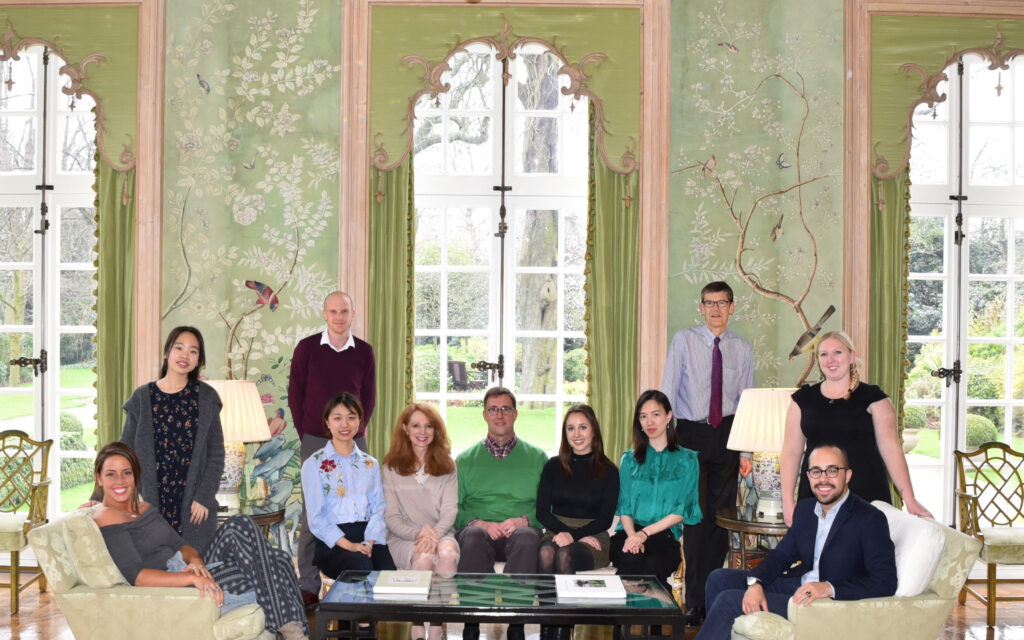
U.S. Embassy London, Chief of Mission Residence, Winfield House
Preservation and Cultural Heritage – International Studio — 2017
Eighteen students collaborated on the first international studio project designed to increase awareness of world heritage through the study of the Department of State’s culturally significant properties. The studio traveled to Winfield House in London and used conventional documentation methods, such as photography, field sketching and photographs, research, and interviews, and experimented with modern technologies for 3‑D modeling and measuring to record the building and grounds. From those materials, they created a short film about the ambassador’s residence.
U.S. Embassy Dublin, Deputy Chief of Mission Residence
Preservation and Cultural Heritage – International Studio — 2017
Students produced a historic resource report about the Deputy Chief of Mission Residence, an early nineteenth-century villa now surrounded by suburban development in Dublin. The report followed the Historic American Buildings Survey (HABS) guidelines for written documentation. HABS is the standard for mitigation in the United States and so provided the students real-world experience with time-sensitive field survey and local research, online resources and mapping, and technical report writing for a general audience.
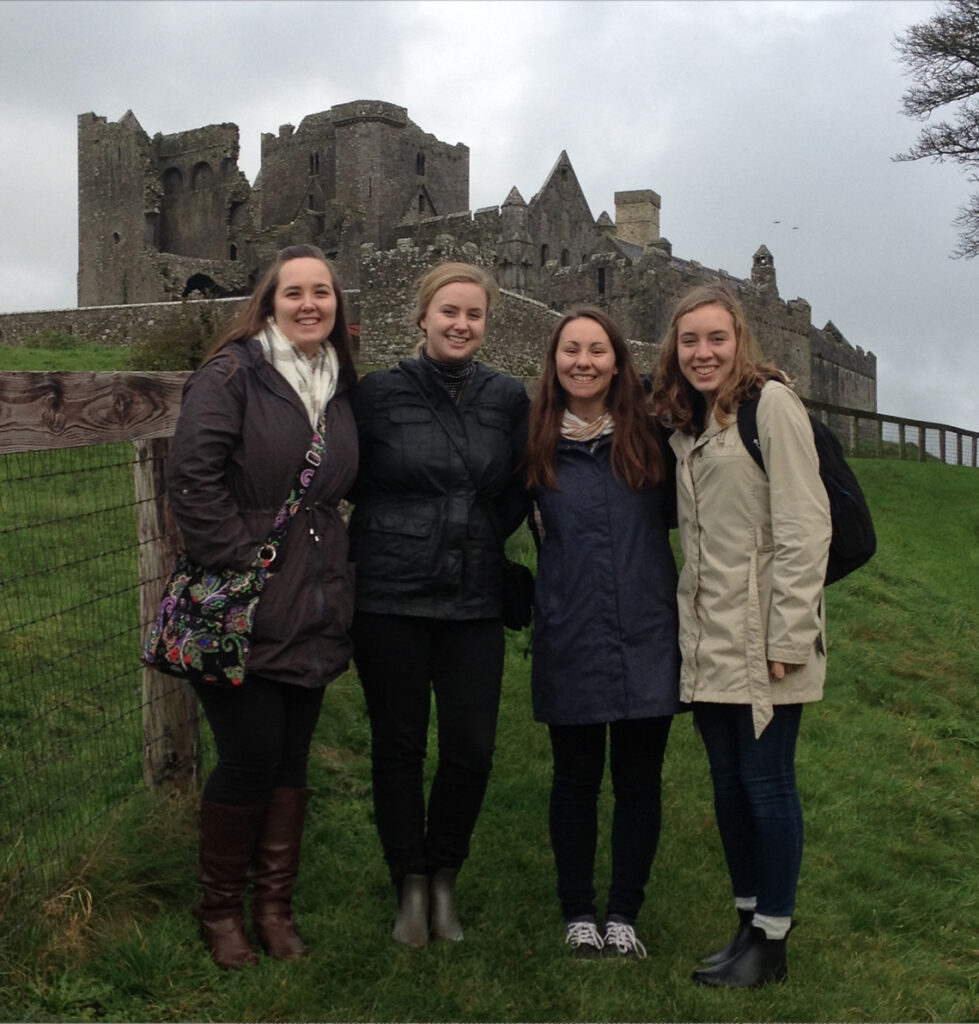
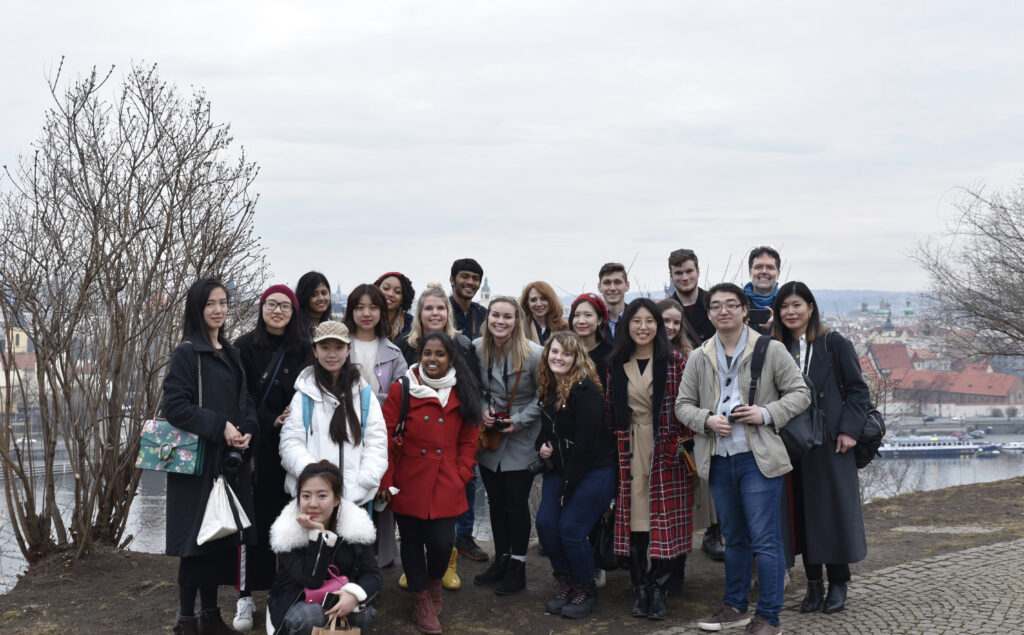
U.S. Embassy Prague, Chief of Mission Residence, Villa Petschek
Preservation and Cultural Heritage – International Studio — 2018
The international studio program brought students to Prague where they examined the architecture and furnishings of Villa Petschek, the official residence of the U.S. ambassador. They learned to collaborate across cultural and linguistic barriers and to use new technologies in laser scanning, photography, and videography in the documentation and site analysis work. Each student team produced a website, experimented with videos, modeling, and mapping, and compiled written reports.
American Legation National Historic Landmark, Tangier
Preservation and Cultural Heritage – International Studio — 2019
Twenty-four students traveled to Tangier, Morocco, in February 2019. There, they studied the idea of place and layered history through oral interviews with staff members at the Legation, surveys of the buildings, courtyards, and roof terraces of the Legation, and inventories of collection objects. The students learned to use laser scanning and 360 cameras as part of the documentation initiative. The studio produced an interactive website and virtual reality environments based on visits to Chefchaouen, Fes, Casablanca, and Marakesh, in addition to the studio’s immersion in Tangier.

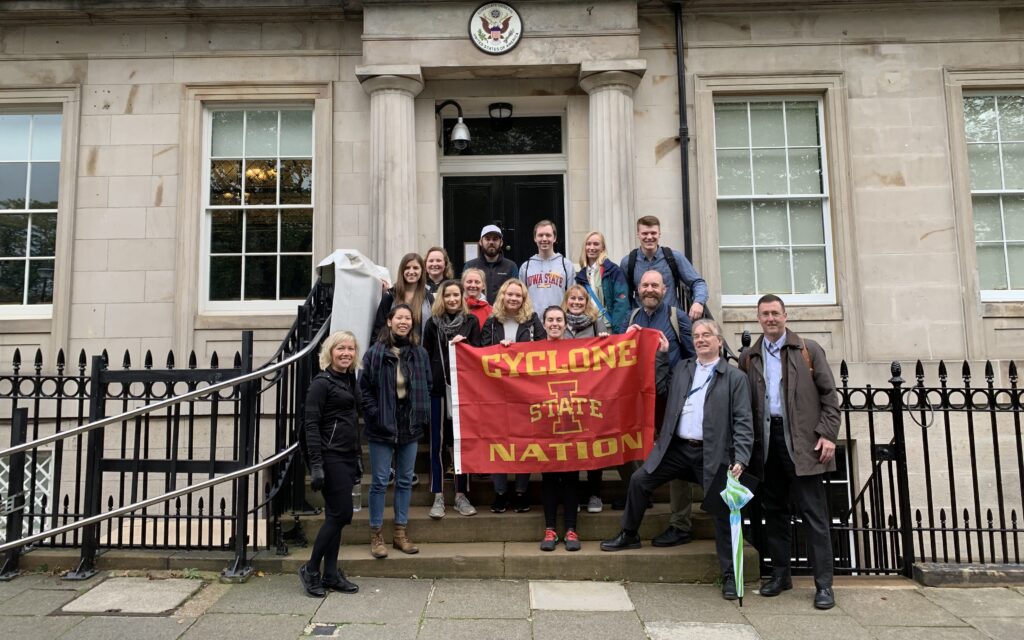
U.S. Consulate General Edinburgh
Preservation and Cultural Heritage – Field Travel – 2019
In fall 2019, Iowa State students and faculty traveled to Edinburgh, Scotland, to experience, first-hand, urban planning for the twenty-first century in a medieval and Georgian-period cityscape recognized by UNESCO as the Old and New Towns of Edinburgh World Heritage Site. The U.S. consulate office building is located in the World Heritage Site boundary, and local experts there helped the students understand the city’s morphology and successful integration of old and new over time.
U.S. Embassy Lisbon, Chief of Mission Residence, Casa Carlucci
Preservation and Cultural Heritage — International Studio — 2020
Ambassador George Glass welcomed Iowa State students and faculty to Lisbon in February 2020. Twenty-one students participated in the design studio, researching the architectural and urban context for the ambassador’s residence and embassy campus during the site visit to the historic city and its environs. They created interpretive websites for the diplomatic property and a series of designs for an adaptive reuse project of the historic manor house on the embassy grounds.
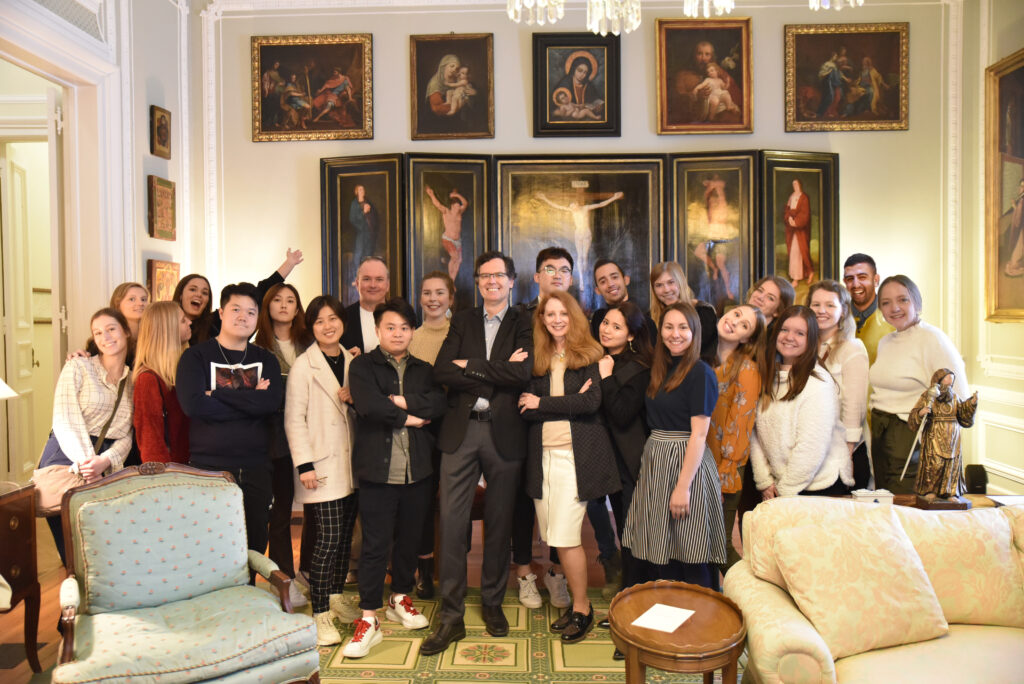
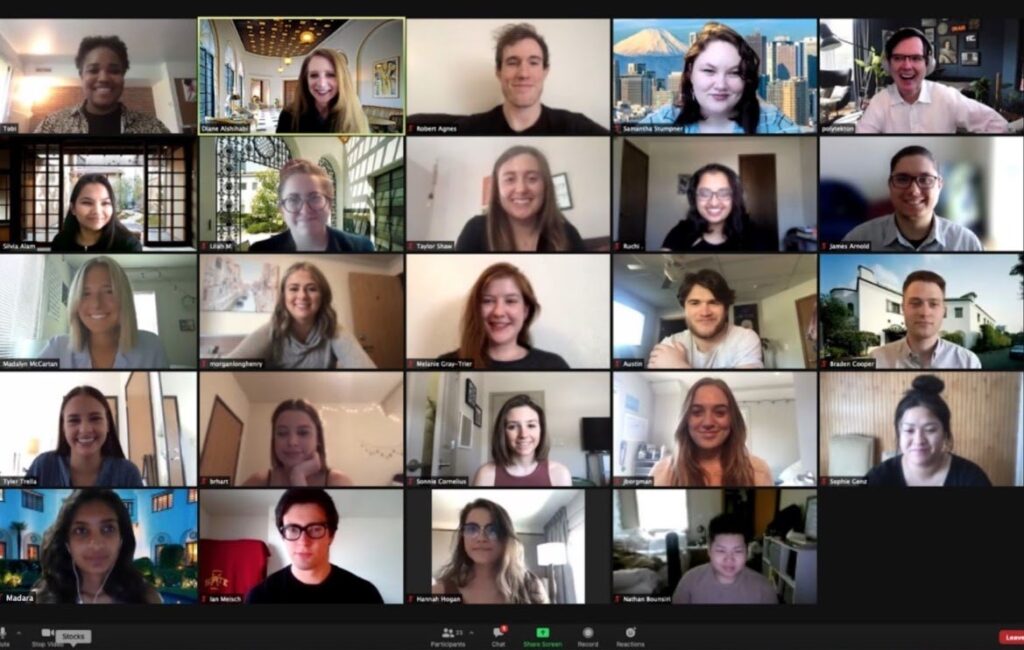
U.S. Embassy Tokyo, Chief of Mission Residence
Preservation and Cultural Heritage — International Studio — 2021
Twenty-two Iowa State students participated in the design studio researching and documenting the ambassador’s residence as well as developing a series of design for a pool house and privacy canopy for the swimming pool. The work was all done remotely due to COVID working with facilities and house staffs who provided images and a video walkthrough of the house and grounds. Local staff in Tokyo was generous with their time and sat for interviews with the students. An interpretive website for the diplomatic site was created to document the work.
